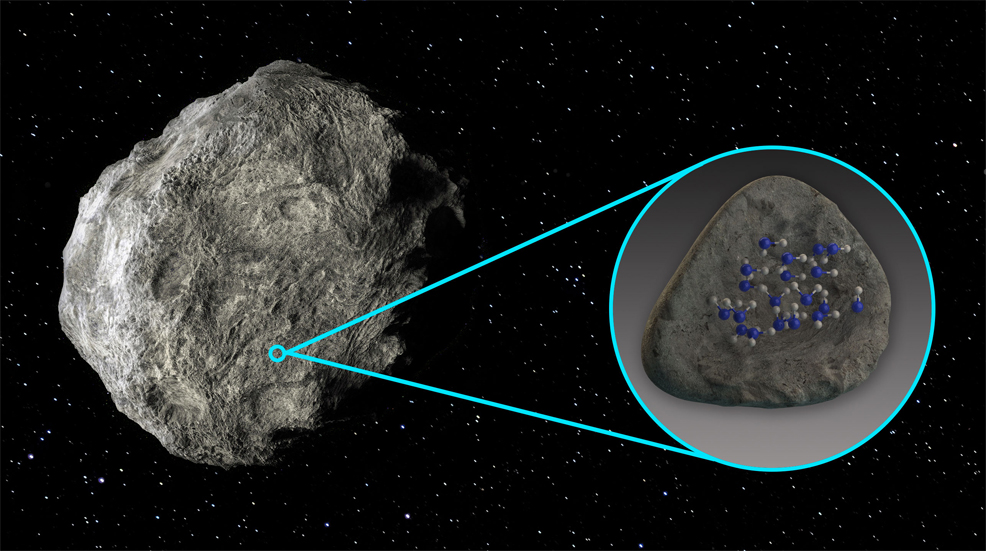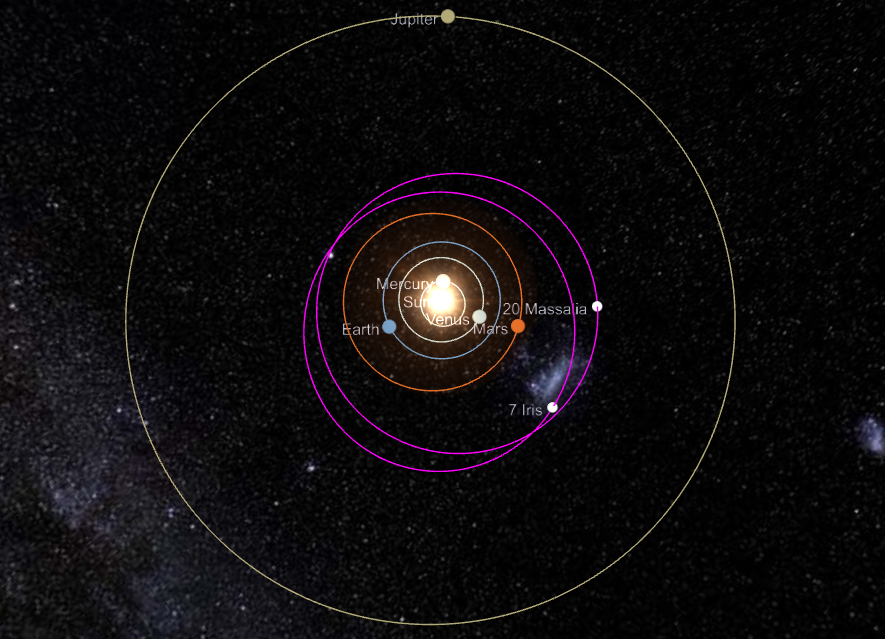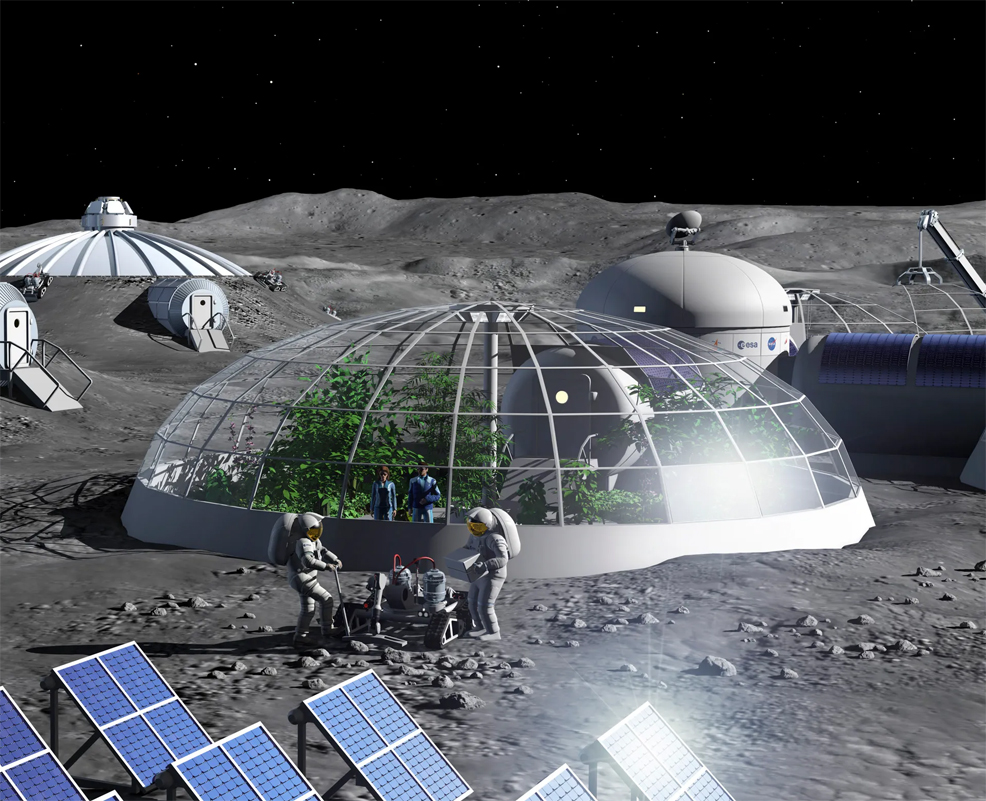
10th March 2024 Water found on asteroid surfaces The first detection of water molecules on the surface of asteroids has been confirmed, following spectral analysis of two large main‑belt objects.
Using data from the Stratospheric Observatory for Infrared Astronomy (SOFIA) – a joint project of NASA and Germany's space agency – scientists have, for the first time, discovered water molecules on the surface of an asteroid. A team of researchers looked at four silicate-rich asteroids using an instrument known as Faint Object infraRed CAmera for the SOFIA Telescope (FORCAST), which isolated the mid-infrared spectral signatures indicating molecular water on two of them. "Asteroids are leftovers from the planetary formation process, so their compositions vary depending on where they formed in the solar nebula," explained Dr. Anicia Arredondo, from the Southwest Research Institute, lead author of a Planetary Science Journal paper about the discovery. "Of particular interest is the distribution of water on asteroids, because that can shed light on how water was delivered to Earth." Anhydrous, or dry, silicate asteroids form close to the Sun, while icy materials coalesce farther out. Understanding the location of asteroids and their compositions can tell us how materials in the solar nebula were distributed and have evolved since formation. The distribution of water in our Solar System will provide insight into the distribution of water in other solar systems and, because water is necessary for all life on Earth, will drive where to look for potential life – both in our Solar System and beyond. "We detected a feature that is unambiguously attributed to molecular water on the asteroids Iris and Massalia," said Arredondo. "We based our research on the success of the team that found molecular water on the sunlit surface of the Moon. We thought we could use SOFIA to find this spectral signature on other bodies."
Back in October 2020, SOFIA detected water molecules in Clavius Crater, located in the Moon's southern hemisphere. Previous observations of both the Moon and asteroids had detected some form of hydrogen but could not distinguish between water and its close chemical relative, hydroxyl (OH−). In that earlier study, scientists detected the equivalent of a 12-ounce bottle of water trapped in a cubic metre of soil spread across the lunar surface, chemically bound in minerals. "Based on the band strength of the spectral features, the abundance of water on the asteroid is consistent with that of the sunlit Moon," said Arredondo. "Similarly, on asteroids, water can also be bound to minerals as well as adsorbed to silicate and trapped or dissolved in silicate impact glass." Data from two fainter asteroids, Parthenope and Melpomene, were too noisy to draw a definitive conclusion. However, the team is enlisting NASA's James Webb Space Telescope, the premier infrared space telescope, to use its precise optics and superior signal-to-noise ratio to investigate more targets. "We have conducted initial measurements for another two asteroids with Webb during cycle two," explained Dr. Arredondo. "We have another proposal in for the next cycle to look at another 30 targets. These studies will increase our understanding of the distribution of water in the Solar System." In addition to revealing clues about the history of our Solar System and the potential for life, knowing where water is located could prove invaluable to future human space colonists. Establishing a reliable supply of this resource will be critical for long-duration missions, as well as permanent habitats – ensuring that consumable water, agriculture, oxygen, and fuel production can be sustained beyond Earth.
Comments »
If you enjoyed this article, please consider sharing it:
|
||||||









